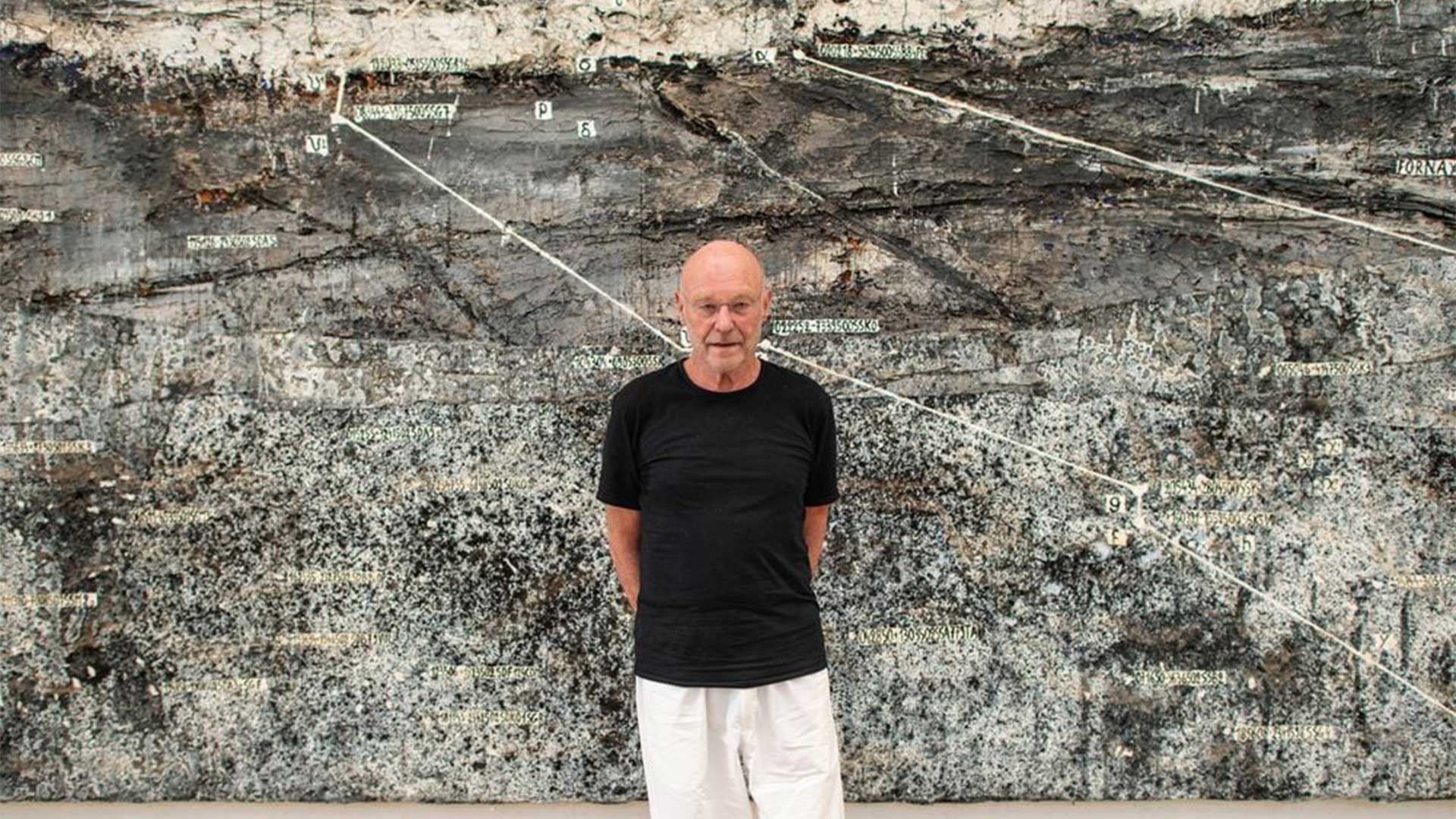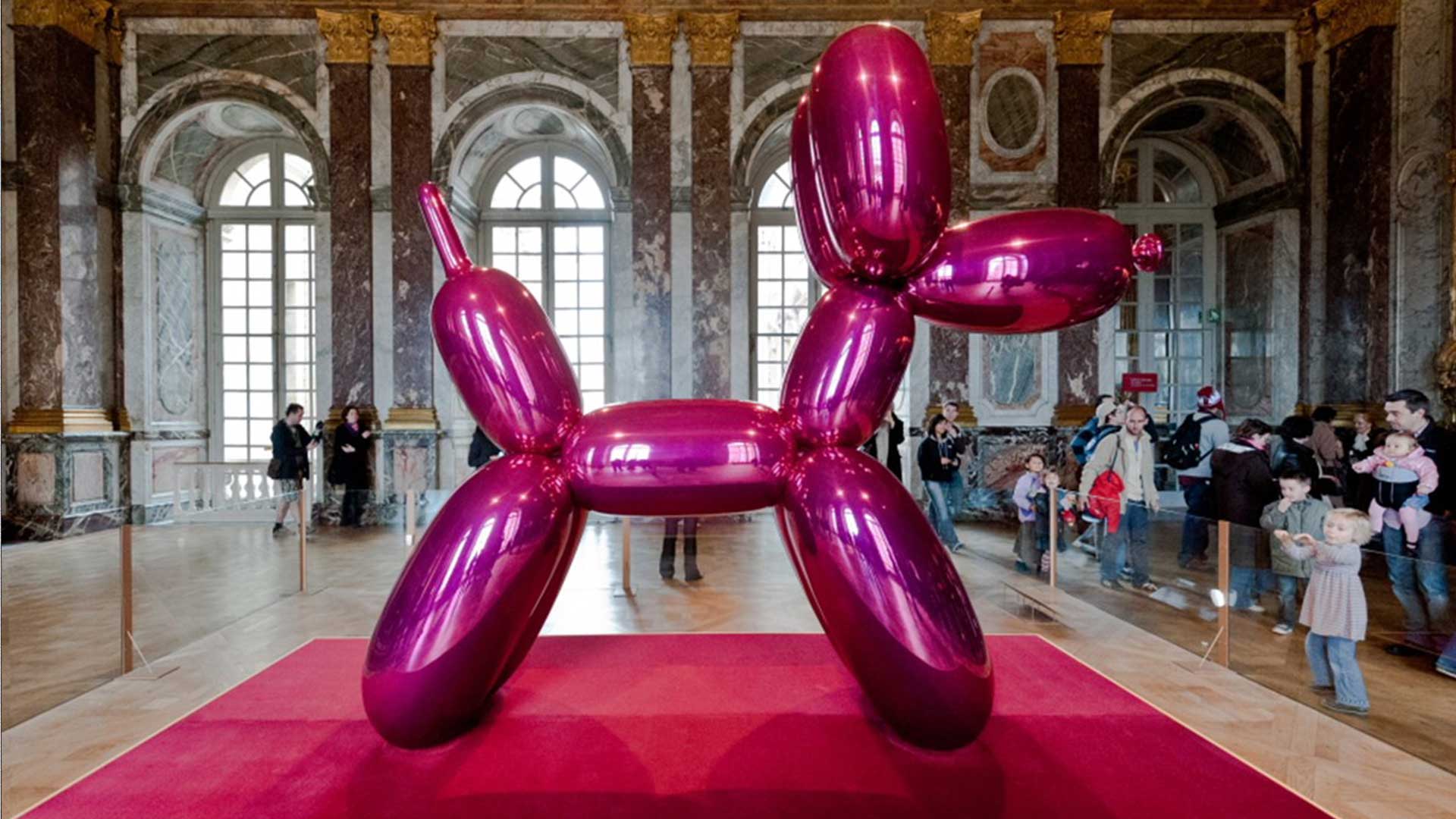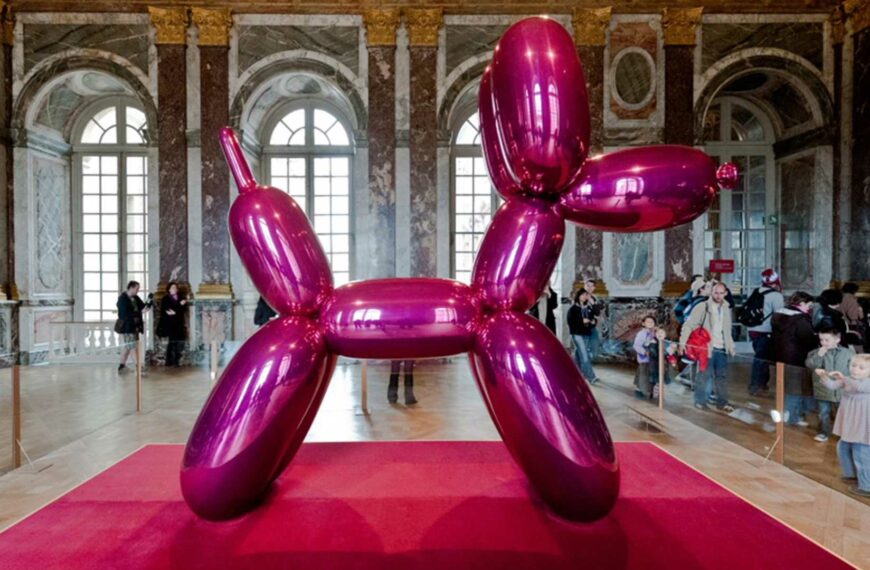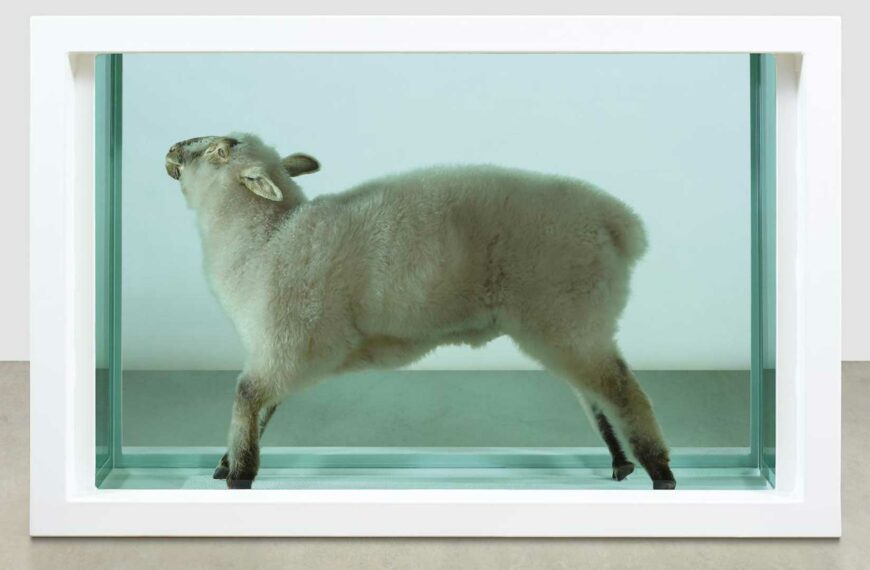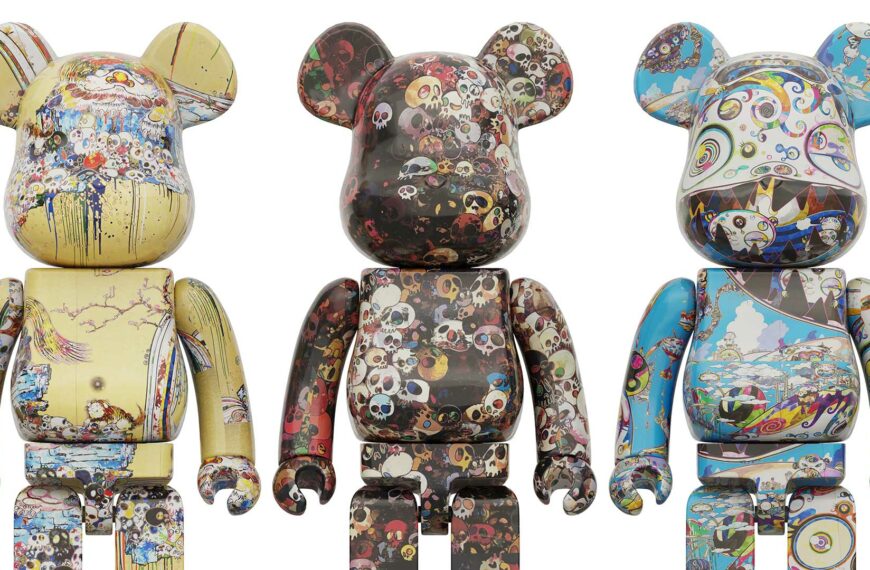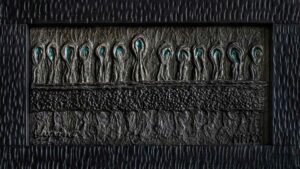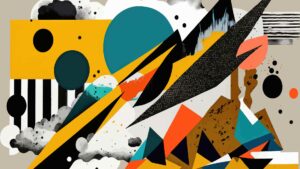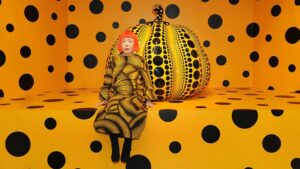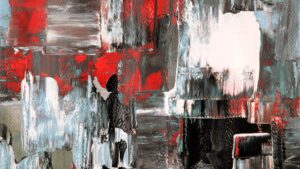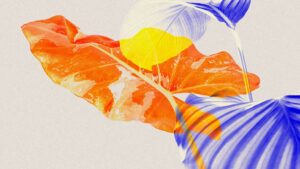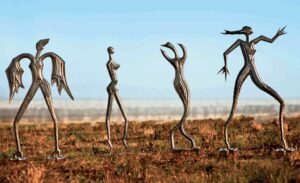Anselm Kiefer is a German artist known for his exploration of collective memory, history, and mythology through various mediums. His work incorporates cultural, literary, and philosophical references, often reflecting on Germany’s post-war identity and the mythology of the Third Reich. Kiefer’s art has been widely exhibited and collected by major museums globally. In this article, we will delve into the life and works of this modern art genius, unraveling the enigma that is Anselm Kiefer.
What readers will learn from this article:
- The early life and influences of Anselm Kiefer, including his upbringing and the artists and movements that shaped his artistic style.
- The recurring themes and motifs in Kiefer’s art, such as collective memory, history, mythology, and his exploration of the Third Reich and the Holocaust.
- The innovative use of unconventional materials, layering techniques, and mixed media in Kiefer’s artwork, as well as his major exhibitions and notable works.
Early Life and Influences
Born on March 8, 1945, Anselm Kiefer’s upbringing in post-war Germany undoubtedly played a significant role in shaping his artistic journey. Growing up amidst the ruins and scars of World War II, Kiefer developed a deep sense of curiosity and introspection about the collective memory and historical legacy of his country. This curiosity would later manifest in his thought-provoking artworks.
Kiefer’s artistic style and thematic interests were influenced by a wide range of artists and movements. He drew inspiration from the German Romantic tradition, with artists like Caspar David Friedrich and Arnold Böcklin influencing his exploration of nature, spirituality, and the sublime. The works of Joseph Beuys, a fellow German artist known for his conceptual and performance art, also left a lasting impact on Kiefer’s artistic practice.
During the late 1960s, Kiefer studied under artists Peter Dreher and Horst Antes. This period of artistic education played a pivotal role in his development as an artist. Dreher’s emphasis on realism and the depiction of everyday objects influenced Kiefer’s early works, while Antes introduced him to the world of sculpture and three-dimensional art forms. These formative experiences laid the foundation for Kiefer’s unique artistic style, which seamlessly blends painting, sculpture, and mixed media.
Themes and Motifs in Kiefer’s Art
Anselm Kiefer’s artworks are characterized by a profound exploration of various themes and motifs. One of the central themes in his art is collective memory, particularly Germany’s post-war identity and the legacy of the Third Reich. Kiefer delves deep into the complexities of history, grappling with the atrocities committed during World War II and the Holocaust. His works serve as poignant reminders of the importance of acknowledging and confronting the past to build a more compassionate future.
Religion and mythology are also recurring themes in Kiefer’s art. He draws upon a range of traditions, including ancient Egyptian mythology, biblical stories, Jewish mysticism, and modern astronomy, in his attempt to unravel the mysteries of the universe and the human condition. Kiefer’s artworks invite viewers to contemplate the eternal questions of good and evil, the nature of existence, and the cosmic narratives that shape our understanding of the world.
Mediums and Techniques
Anselm Kiefer’s artistic practice is characterized by his innovative use of unconventional materials. He incorporates materials such as lead, straw, ash, and sunflowers into his paintings and sculptures, adding layers of symbolism and meaning to his artworks. These materials often carry historical and cultural significance, further enriching the narratives embedded in his creations.
Kiefer’s intricate layering techniques create a sense of depth and texture in his artworks. He applies layers of paint, collage elements, and other materials, creating a visual complexity that invites viewers to explore the myriad details and symbols present in each piece. This layering technique mirrors the layers of history and memory that Kiefer seeks to unravel and understand.
The blurring of boundaries between painting and sculpture is another hallmark of Kiefer’s art. His use of mixed media and three-dimensional elements transforms his paintings into immersive sculptural installations. This fusion of mediums adds a tactile quality to his artworks, engaging the viewer’s senses and further enhancing the emotional impact of his creations.
Major Exhibitions and Notable Works
Anselm Kiefer’s art has been widely exhibited in major museums and galleries around the world. His works have been the subject of numerous retrospectives and solo shows, attracting art enthusiasts and critics alike. One notable exhibition, “Anselm Kiefer: Heaven and Earth,” showcased over sixty major paintings, watercolors, books, and sculptures created from 1969 to 2005. The exhibition explored Kiefer’s fascination with the dialogue between heaven and earth and highlighted his use of unconventional materials and bookmaking techniques. After its premiere in Fort Worth, the exhibition traveled to other museums, garnering acclaim and further cementing Kiefer’s status as a master of contemporary art.
Among Kiefer’s iconic works is “The Book with Wings,” a monumental piece that explores themes of transformation and rebirth. This installation features a massive book, its pages adorned with lead and inscribed with cryptic symbols and texts. The book’s wings, made of metal and straw, evoke a sense of transcendence and liberation. “To the Unknown Painter” is another notable work by Kiefer, paying homage to the anonymous artists throughout history whose contributions have been overshadowed by more famous names. This piece showcases Kiefer’s ability to blend history, myth, and personal experiences into powerful and evocative artworks.
Case Study: The Transformative Power of Anselm Kiefer’s Art
In the small town of Dresden, Germany, a young woman named Emma found herself drawn to the world of art. Growing up surrounded by the remnants of World War II, she was keenly aware of the historical and cultural narratives that shaped her country. Emma’s curiosity led her to stumble upon the powerful works of Anselm Kiefer.
As she explored Kiefer’s art, Emma found herself captivated by the layers of meaning embedded within each piece. The use of unconventional materials, such as lead and straw, intrigued her, as did the artist’s ability to evoke powerful emotions through his intricate layering techniques.
One particular work that deeply resonated with Emma was “The Book with Wings.” As she stood before the massive installation, she found herself transported into a world of collective memory and reflection. The book’s pages, filled with words and images, seemed to come alive, carrying her on a journey through history and myth. Emma felt herself confronted with the weight of her country’s past and the responsibility of shaping its future.
Inspired by Kiefer’s art, Emma began to explore her own artistic expression. She experimented with different mediums and techniques, allowing herself to be guided by her own personal experiences and the stories she had absorbed from her surroundings. Through her art, she aimed to engage viewers in a similar transformative experience, inviting them to contemplate the complexities of the human condition.
Years later, Emma’s artwork caught the attention of a renowned art critic, who recognized the influence of Anselm Kiefer in her work. Emma’s ability to merge history, mythology, and personal experiences into profound and thought-provoking masterpieces echoed the themes and motifs prevalent in Kiefer’s art.
This encounter opened doors for Emma, leading to her own solo exhibition and critical acclaim. As she continued to push the boundaries of artistic expression, she remained grateful to Anselm Kiefer for inspiring her artistic journey. His ability to unravel the enigma of the human experience through his art had forever changed Emma’s perspective, and she hoped to do the same for others through her own creations.
Through the transformative power of art, Emma discovered her voice and found a way to contribute to the ongoing dialogue surrounding history, memory, and identity. Anselm Kiefer’s legacy lives on not only in his own artwork but also in the artists he inspires, like Emma, who continue to challenge conventions and provoke contemplation through their creative endeavors.
Impact and Legacy
Anselm Kiefer’s influence on contemporary art cannot be overstated. His artworks have challenged conventions, provoked dialogue, and invited viewers to confront the complexities of the human condition. Through his exploration of history, mythology, and spirituality, Kiefer has pushed the boundaries of artistic expression and created a unique visual language that resonates with audiences worldwide.
Kiefer’s impact extends beyond his artworks themselves. His dedication to exploring Germany’s post-war identity and confronting the atrocities of the past has inspired subsequent generations of artists to engage with historical and cultural narratives. His use of unconventional materials and techniques has also influenced contemporary art practices, encouraging artists to experiment with new mediums and blur the boundaries between different artistic disciplines.
Public Reception and Critical Acclaim
Anselm Kiefer’s art has garnered critical acclaim and widespread recognition. Art critics and scholars have praised his ability to confront uncomfortable truths and evoke deep emotions through his artworks. His contributions to the art world have been acknowledged through numerous awards and honors, both nationally and internationally.
Kiefer’s artworks have also resonated with the public, drawing viewers into immersive and transformative experiences. The sheer scale and intricacy of his installations have the power to awe and inspire, leaving a lasting impression on those who encounter his artworks.
Virtual Exploration of Kiefer’s Art
In today’s digital age, opportunities to experience Anselm Kiefer’s art have expanded beyond physical exhibitions. Virtual platforms now offer the chance to explore his artworks at one’s own pace, examining the intricate details and symbolism up close. Online exhibitions and virtual tours provide a unique opportunity to appreciate the depth and complexity of Kiefer’s creations, regardless of geographical location.
By embracing virtual exploration, viewers can gain a deeper understanding of Kiefer’s artistic vision and engage with his artworks on a personal level. The ability to zoom in on minute details and take time to absorb the layers of meaning enriches the overall experience, allowing for a more intimate encounter with Kiefer’s profound and thought-provoking masterpieces.
Conclusion
Anselm Kiefer, the modern art genius, has left an indelible mark on the contemporary art landscape. Through his exploration of collective memory, history, and mythology, Kiefer has crafted artworks that challenge conventions, provoke dialogue, and invite viewers to contemplate the complexities of the human experience. His innovative use of unconventional materials, intricate layering techniques, and fusion of painting and sculpture have pushed the boundaries of artistic expression.
As we unravel the enigma that is Anselm Kiefer, we are reminded of the enduring power of art to evoke emotions, provoke thought, and bridge the gaps between past, present, and future. Whether experienced in person or through virtual exploration, Kiefer’s artworks continue to resonate with audiences, inspiring contemplation, and inviting us to delve into the depths of our shared history and collective imagination.
| Exhibition/Work | Description |
|---|---|
| “Anselm Kiefer: Heaven and Earth” | A major exhibition showcasing over sixty major paintings, watercolors, books, and sculptures created from 1969 to 2005. Explores Kiefer’s fascination with the dialogue between heaven and earth and highlights his use of unconventional materials and bookmaking techniques. |
| “The Book with Wings” | A monumental installation featuring a massive book with lead-adorned pages inscribed with cryptic symbols and texts. The book’s wings, made of metal and straw, evoke a sense of transcendence and liberation. |
| “To the Unknown Painter” | Pays homage to anonymous artists throughout history whose contributions have been overshadowed by more famous names. Showcases Kiefer’s ability to blend history, myth, and personal experiences into powerful and evocative artworks. |
Common Questions
Who is Anselm Kiefer, the modern artist?
Anselm Kiefer is a renowned German painter and sculptor.
What is Anselm Kiefer known for in his artwork?
Anselm Kiefer is known for his large-scale mixed media works that explore themes of history, mythology, and identity.
How does Anselm Kiefer create his art?
Anselm Kiefer creates his art using various materials such as paint, clay, lead, and found objects to build complex and textured compositions.
What makes Anselm Kiefer’s artwork unique and influential?
Anselm Kiefer’s artwork is unique and influential due to its monumental scale, layered symbolism, and provocative exploration of German history.
How can I appreciate Anselm Kiefer’s art if I don’t understand it?
You can appreciate Anselm Kiefer’s art by immersing yourself in his powerful imagery and allowing your own interpretation to unfold.
But I’m not familiar with modern art. Can I still enjoy Anselm Kiefer’s work?
Absolutely! Anselm Kiefer’s work invites viewers of all backgrounds to engage with profound themes and emotions, regardless of their knowledge of modern art.
Artist image source:

